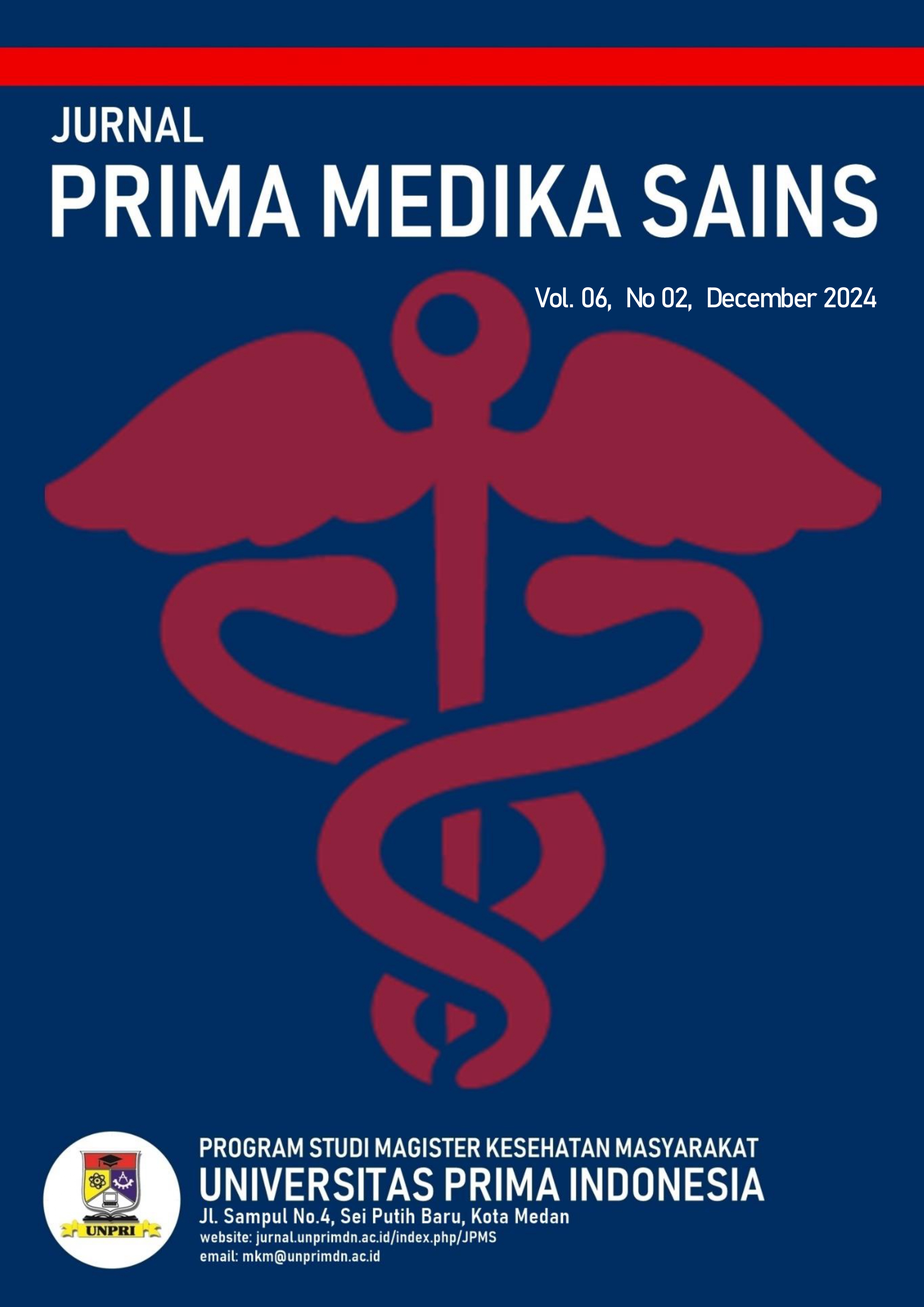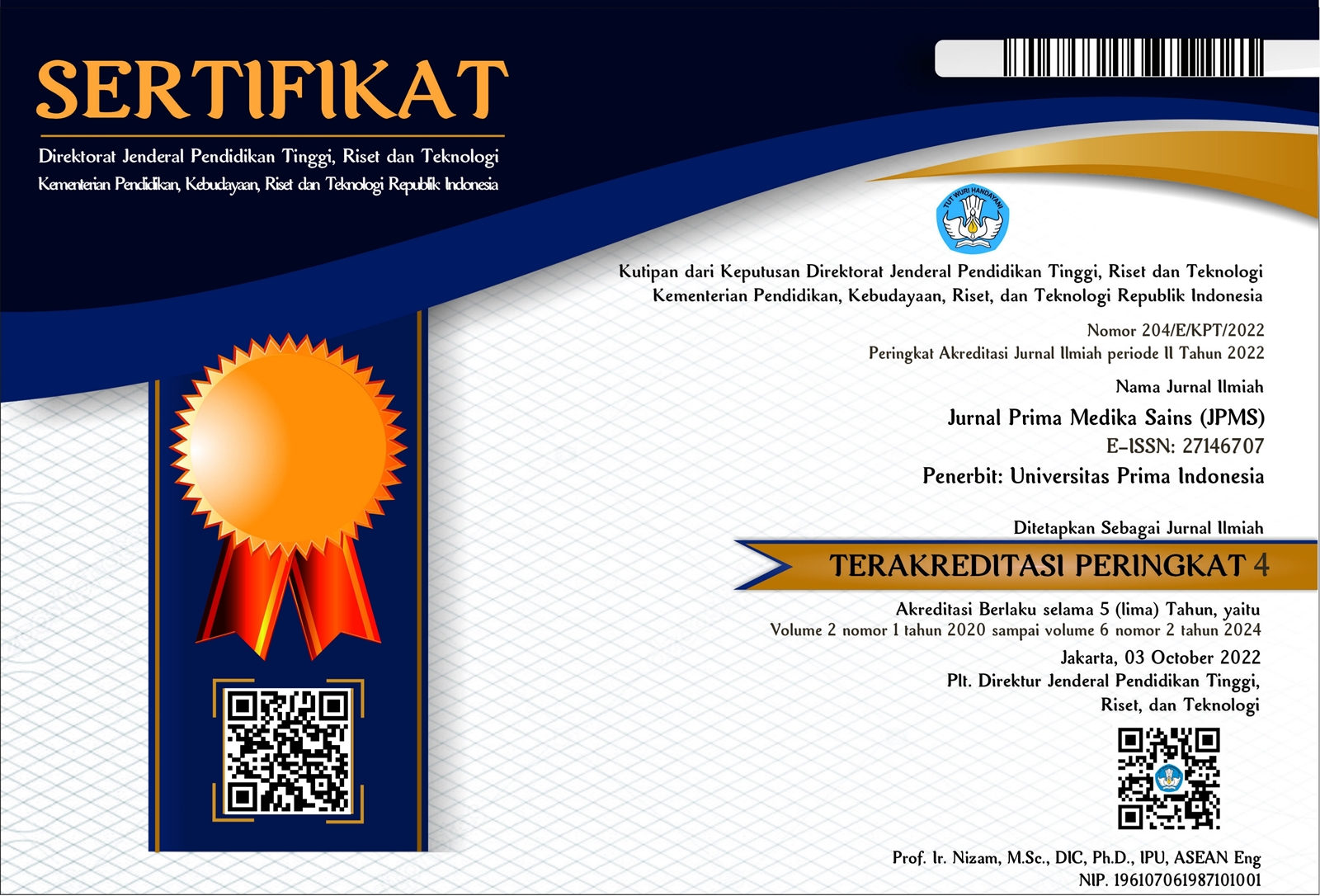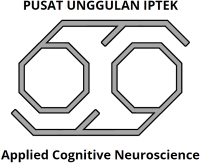Assessing the implementation of occupational safety and health management system in the hospital
DOI:
https://doi.org/10.34012/jpms.v6i2.6364Keywords:
Occupational Safety and Health Management Systems, implementation, case studyAbstract
The implementation of occupational health and safety programs in hospitals aims to improve access, affordability, and quality of safe health services in hospitals. While some hospitals have implemented Occupational Safety and Health Management Systems (OSHMS), their effectiveness varies. This study aimed to examine and evaluate the effectiveness of OSHMS implementation in Hospital X. This qualitative research used a case study design. A purposive sampling technique was used in this study. The research informants selected included an OSH Committee Team of three people and seven hospital employees. This study used a combination of observation, in-depth interviews, and documentation methods to obtain comprehensive data on the implementation of OSHMS. Data analysis was conducted through a series of systematic steps, starting with the transcription of observation and interview results in textual form. The coded data were analyzed to identify patterns, meanings, and relationships between themes. Themes were analyzed deductively, focusing on policy, responsibility, and authority to act, and the review and evaluation of OSHMS. The results of this analysis were interpreted by the researcher and linked to the research context and relevant theories, resulting in useful and meaningful findings. The results showed that the hospital demonstrated a commitment to OSH through comprehensive policies and implementation efforts. However, there are still some shortcomings in terms of the person in charge of the OSH in the work unit, as well as review and evaluation mechanisms. Improvements in these aspects can help to increase the effectiveness of OSHMS implementation in hospitals.
Downloads
Published
How to Cite
Issue
Section
License
Copyright (c) 2025 Ferina Kartika, Sri Lestari Ramadhani Nasution

This work is licensed under a Creative Commons Attribution 4.0 International License.






